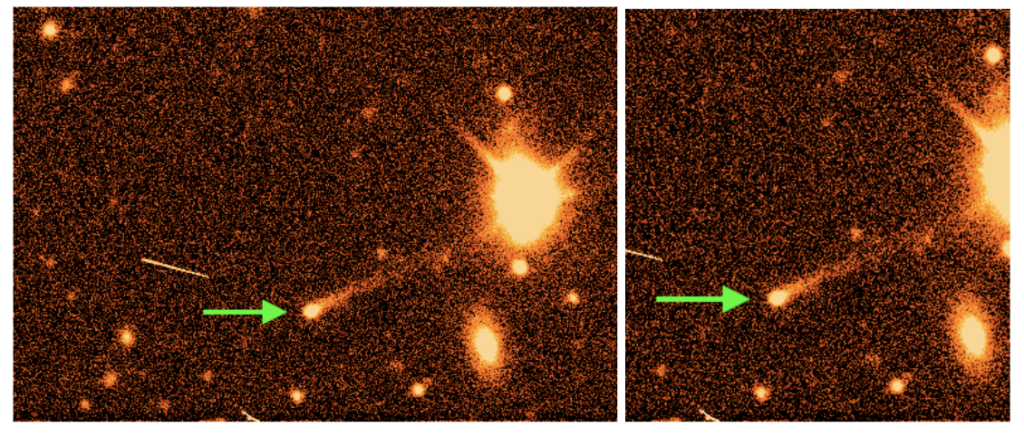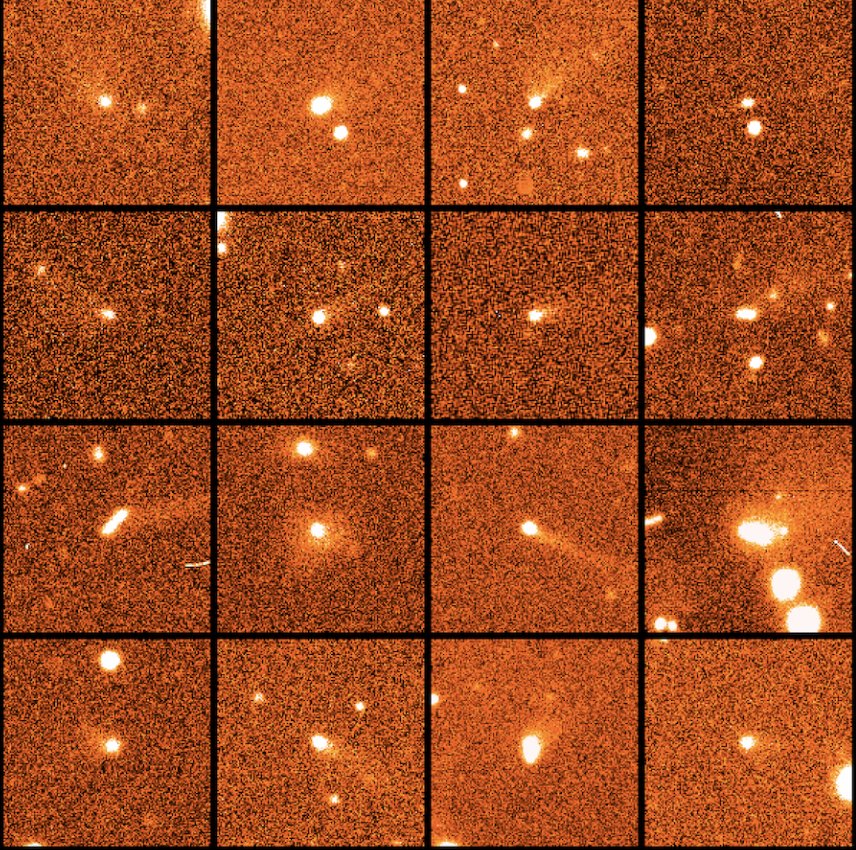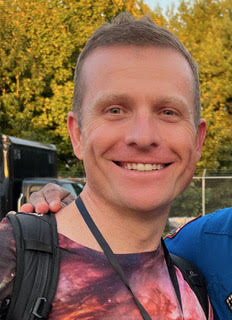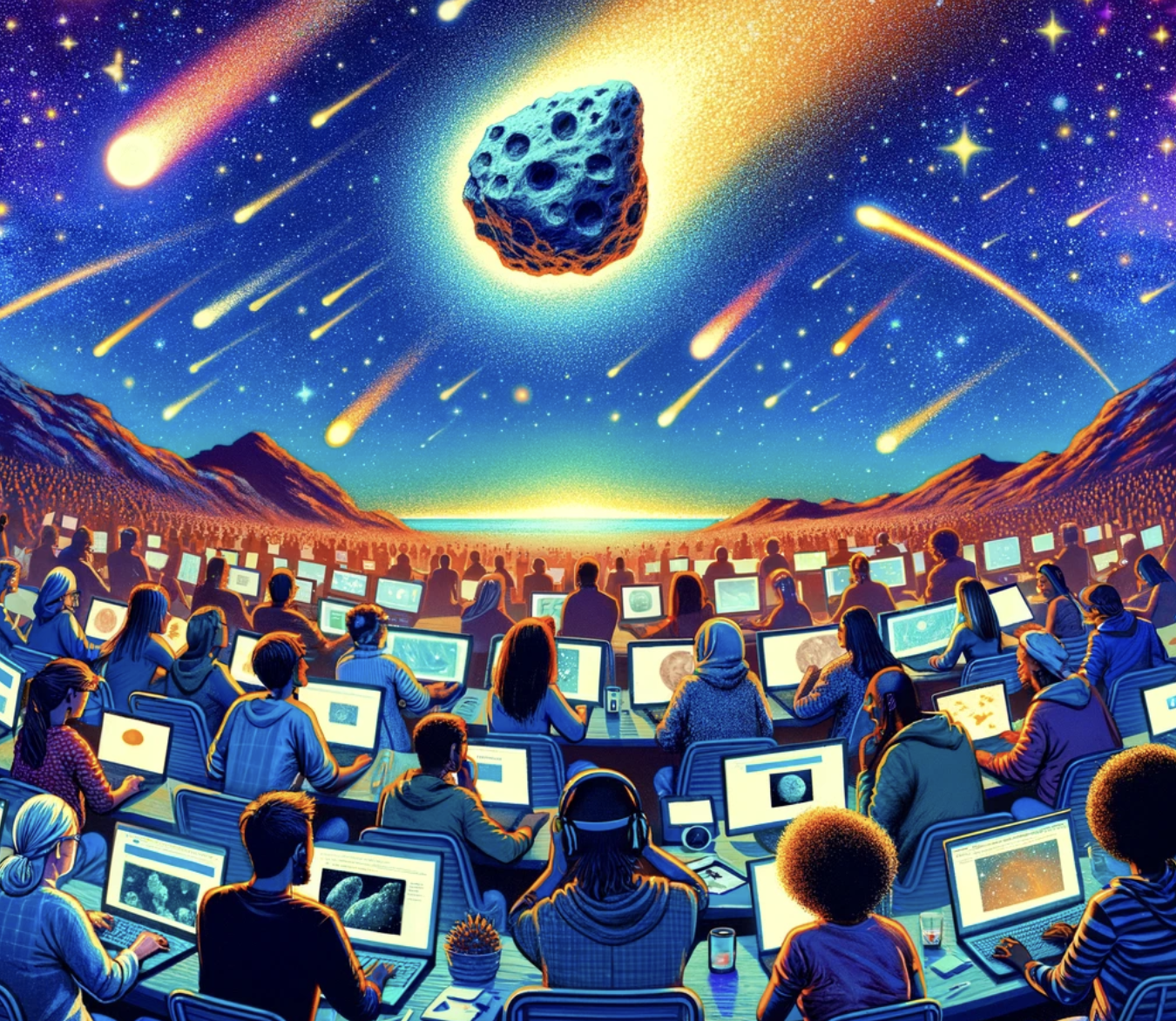In a groundbreaking collaboration between scientists and the global community, the “Active Asteroids” Citizen Science project has unveiled a trove of discoveries, shedding light on a poorly understood population of objectspreviously unknown “active minor planets” in our solar system.
Launched on August 31, 2021, through a NASA Partner program hosted on the Zooniverse online platform, the Active Asteroids initiative calls upon volunteers from around the world to assist in the search for active asteroids — a category of rare and elusive small solar system objects characterized by comet-like tails or comae. Studying these objects is crucial for scientists to understand fundamental questions about the formation and evolution of the solar system, including the origins of water here on Earth. Additionally, active asteroids may be valuable for future space exploration because the same ices that are responsible for comet-like tails can also be used for critical resources, such as rocket fuel and breathable air.

Volunteers from the NASA Partner “Active Asteroids” Citizen Science project identified a comet tail coming from asteroid 2015 VA108. The prominent tail is pointed roughly towards the 4 o’clock position in this image originally captured with the Dark Energy Camera in October 2015. The object orbits entirely within the main asteroid belt (located between Mars and Jupiter) so the object is classified as an active asteroid and a rare “Main-belt comet” candidate.
Asteroids can also appear active due to impacts from other asteroids or by spinning so fast that material is actually ejected off into space. Identifying these types of events also helps scientists learn more about how often such events occur and how asteroids behave when experiencing them, which can help inform the design of future asteroid deflection missions like NASA’s recent DART mission to the Didymos asteroid system.
The project, which is ongoing, utilizing publicly available data from the Dark Energy Camera (DECam) on the Victor M. Blanco telescope in Chile, involved the examination of over 430,000 images of known asteroids by 8,300 volunteers. The results, detailed in a recent paper, showcase the power of community engagement in advancing scientific knowledge.

The recent survey conducted by volunteers has led to some groundbreaking findings. A total of 15 new active objects were identified, marking a significant challenge to the conventional wisdom regarding the elusive nature of asteroids. However, the discoveries did not stop there; they extended beyond active asteroids to include a diverse array of celestial phenomena. This includes the identification of one active Centaur, four active quasi-Hilda asteroids, and seven Jupiter-family comets (JFCs). Additionally, the project unearthed unexpected scientific insights, such as the discovery of historical activity on certain objects that was previously unknown. Dynamical analyses conducted during the project also prompted the reclassification of some objects, thereby adding an unforeseen layer of scientific depth to the findings.

Project founder Dr. Colin Orion Chandler, a LINCC Frameworks project scientist at the University of Washington and DiRAC Institute, expressed gratitude for the enthusiastic response from Citizen Scientists. “The collective effort of our volunteers has expanded our understanding of the solar system. The discoveries made by this diverse group of individuals highlight the importance of engaging the public in scientific endeavors.”
Notably, the paper includes nine Citizen Scientists among the co-authors, signifying their critical role in the project’s success. When asked about the motivation behind their project involvement, one Citizen Scientist author, José Campos of Setubal, Portugal, said “I like the Active Asteroid project because it is very dynamic and there is always a good chance to contribute with a discovery.”
The “Active Asteroids” project not only furthers our knowledge of celestial bodies but also demonstrates the potential of Citizen Science in advancing cutting-edge research. The success of this initiative reaffirms the importance of collaborative efforts in exploring the mysteries of the cosmos.
About the Active Asteroids Project:
The Citizen Science program, Active Asteroids, is a collaborative effort between scientists and the global community, hosted on the Zooniverse online platform. Launched in partnership with NASA, the project engages volunteers in the search for rare asteroids with comet tails, uncovering previously unknown celestial phenomena. For more information, visit https://www.activeasteroids.net.
Contact:
LINCC Frameworks Project Scientist and Postdoctoral Scholar
DiRAC Institute and the University of Washington
coc123@uw.edu
1 206 543 2888
About the DiRAC Institute
The University of Washington’s Institute for Data-Intensive Research in Astrophysics and Cosmology (DiRAC) brings together the diversity of expertise — from astrophysics, data science, to software engineering — needed to build the world’s most advanced datasets and algorithms, and use them to explore and understand the universe. DiRAC scientists play a major role in the construction of Rubin Observatory and the development of next-generation software tools through the LINCC program. Learn more at https://dirac.astro.washington.edu/.
